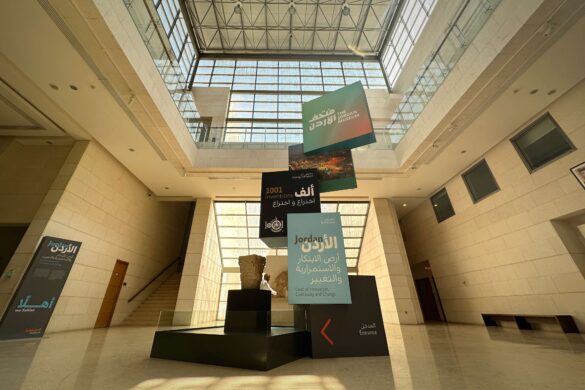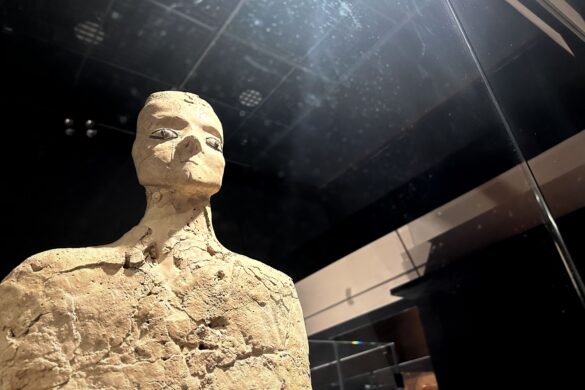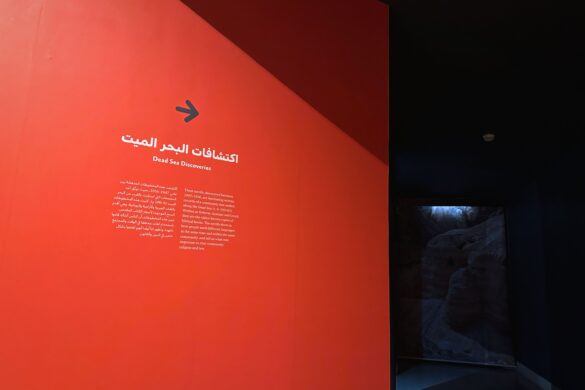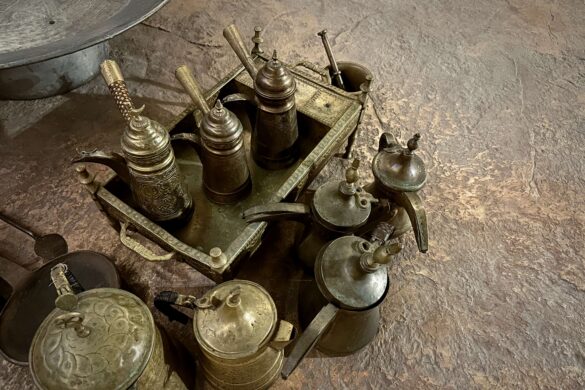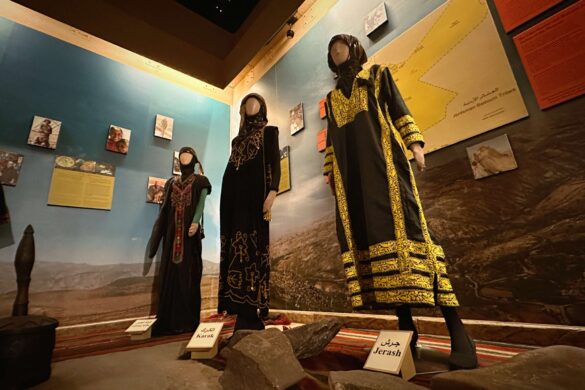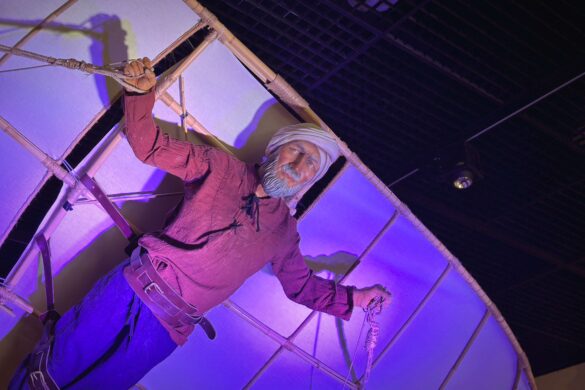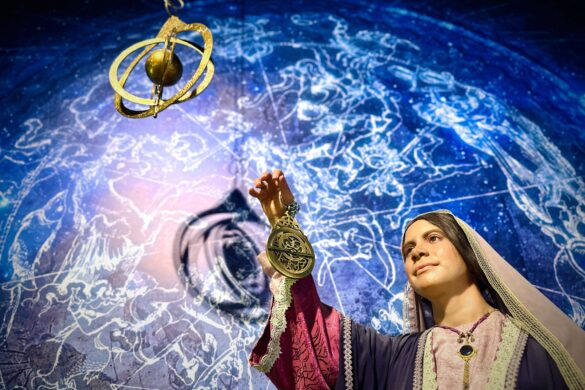最後更新/Last Updated:2023-10-20
Situated in Amman, the Jordan Museum, established in 2014, is home to some of the country's most significant archaeological discoveries. Its two main permanent exhibitions are the Dead Sea Scroll number 175 (4Q175) and the 'Ain Ghazal statues, which boast a history of 9,000 years, representing some of the earliest known human figurines.
Contents
◦ Prehistoric Artifacts
01|ʿAin Ghazal statues
'Ain Ghazal, an archaeological site in Jordan, dates back to the Neolithic period. Discovered in the 1970s, it wasn't until a decade later that excavations began. Throughout these excavations, archaeologists unearthed insights into the lifestyles of 'Ain Ghazal's prehistoric inhabitants. More astonishingly, they uncovered some of the earliest known human statues at the site.
02|4Q175
4Q175, also known as the 'Testimony,' is part of the Dead Sea Scrolls and was found in Qumran's fourth cave in the West Bank. This unique scroll contains a passage of biblical text that appears to be related to the concept of the Messiah.
◦ Bedouins and Nomadism
The term "Bedouin" in Arabic refers to "desert dwellers," which are nomadic Arabs living in family tribes and following water and pasture through the desert. Their primary occupations include sheep herding, hunting, and camel rearing. This exhibit meticulously documents their attire, weaving techniques, and everyday utensils.
◦ 1001 Invention Exhibition
The '1001 Inventions' exhibition showcases various innovative concepts by Arab scientists, re-examining their contributions to fields such as optics, medicine, astronomy, and flight. Throughout the exhibition, numerous interactive games and ranking quizzes are available, making it enjoyable for both adults and children.
The Jordan Museum Opening Hours: It is closed on Tuesdays. Friday: 1500-1900 Other days: 0900-1800 Location: Ali bin, Abu Taleb St., Amman Ticket: 5 JOD (10/2023) ➤ Read More


